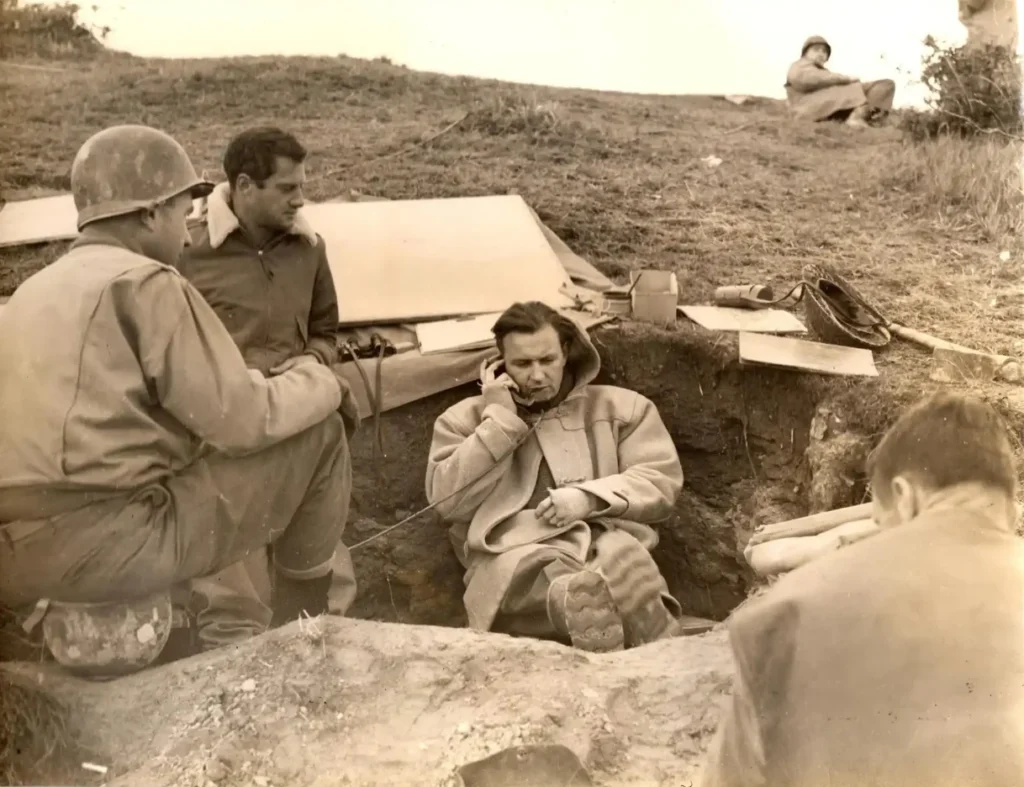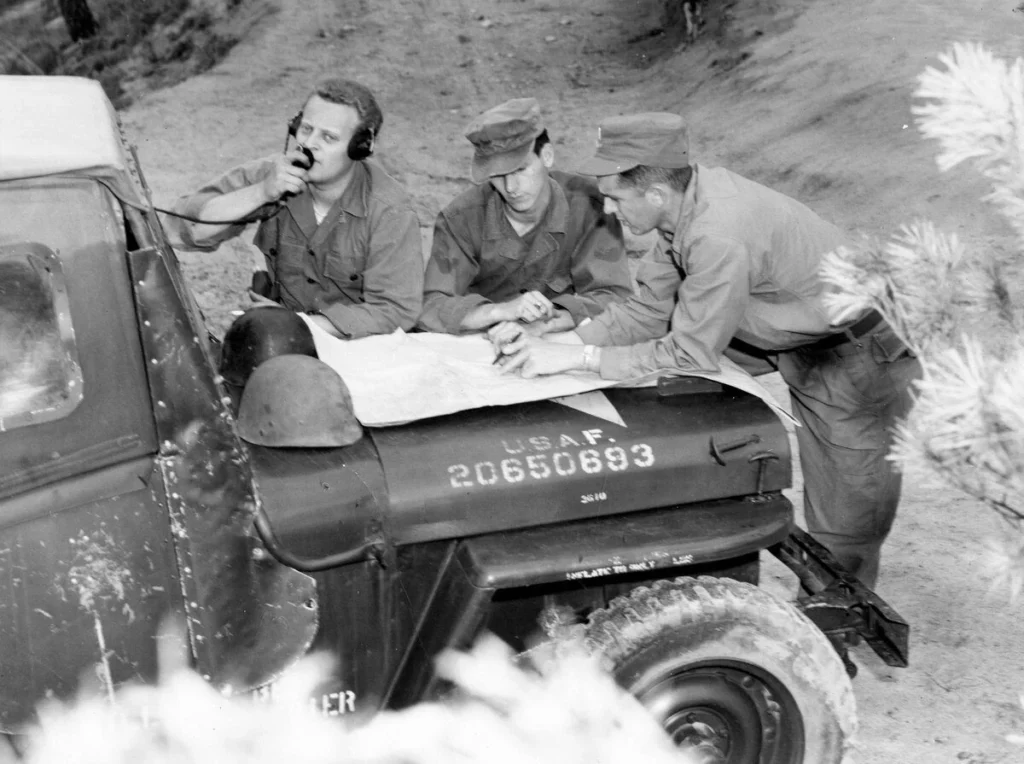TACP WWII Origins Series #1
Pre-WWII CAS Posture and FM 31-35 Abstract This article is the first in the “WWII TACP Origins” series. It covers the pre-WWII air power landscape and the Army Air Corps/Army Air Forces’ attitude toward close air support. Additionally, this article explores the original doctrinal publication to which the TACP career field can trace its […]
TACP WWII Origins Series #1 Read More »










